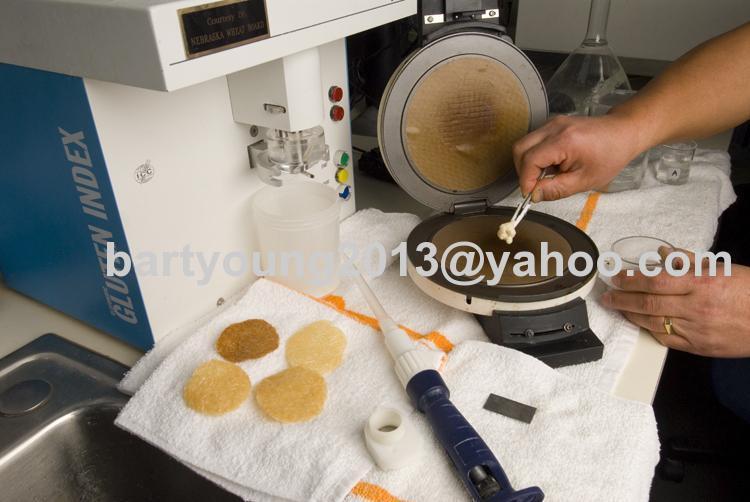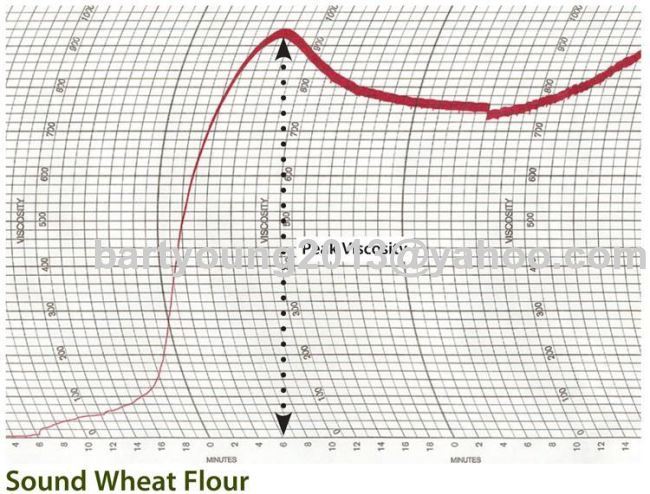

Bart Used Flour Machinery [China (Mainland)]
Business Type:Manufacturer, Trading Company, Other
City: Zhengzhou
Province/State: Henan
Country/Region: China (Mainland)

Glumatic Mixer |



